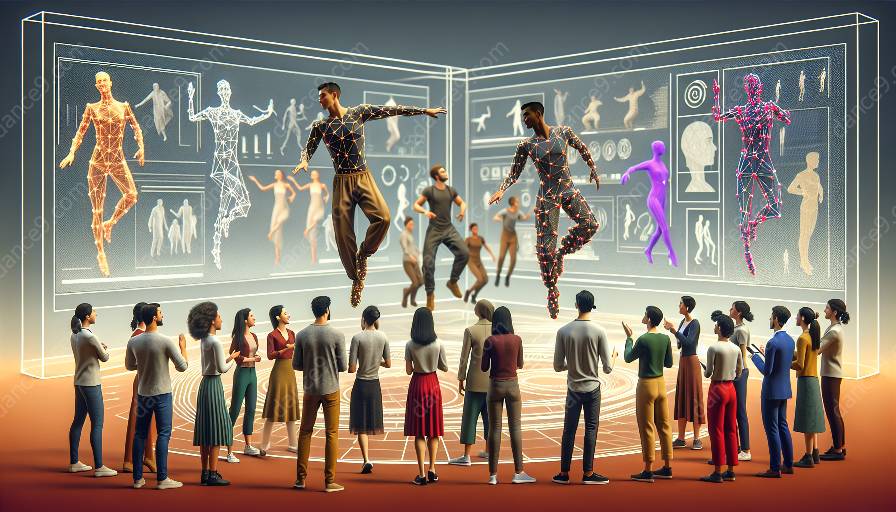Dance is a beautiful and expressive art form that has captivated audiences for centuries. From classical ballet to modern contemporary styles, dancers use their bodies to convey emotions, tell stories, and inspire awe. In recent years, the world of dance has been revolutionized by the integration of technology, particularly the use of motion capture technology.
Understanding Motion Capture Technology
Motion capture technology, often abbreviated as mocap, is a process of digitally recording the movement of objects or people. It has been widely used in the entertainment industry, particularly in the production of video games and movies, to create lifelike animations. In the context of dance, motion capture technology allows dancers to record their movements with precision and detail, providing valuable data that can be used for analysis, visualization, and artistic expression.
How Motion Capture Technology is Used in Dance
Motion capture technology has revolutionized the way dance is created and performed. By using specialized cameras and sensors, dancers can have their movements captured and converted into digital data in real-time. This data can then be manipulated and visualized in various ways, opening up a world of possibilities for choreographers, dancers, and audiences.
One of the most significant applications of motion capture technology in dance is in the creation of interactive performances. By integrating sensors and real-time data processing, dancers can interact with digital elements, creating immersive and dynamic performances that blur the lines between the physical and digital worlds.
The Impact of Motion Capture Technology on Dance
The integration of motion capture technology has had a profound impact on the world of dance. It has enabled dancers and choreographers to explore new creative possibilities, pushing the boundaries of what is possible in terms of movement and expression. With the ability to visualize and analyze movement in unprecedented detail, dancers can refine their technique, explore new styles, and collaborate with artists from other disciplines.
Furthermore, motion capture technology has facilitated the preservation and documentation of dance performances. By creating digital records of movements, choreography, and performances, dance can be archived and studied for future generations, ensuring that the rich history of dance is preserved and accessible to all.
The Future of Motion Capture Technology in Dance
As technology continues to evolve, the future of motion capture in dance is filled with exciting possibilities. From the development of new sensors and cameras to advancements in motion tracking and data visualization, the potential for innovation in the intersection of dance and technology is limitless. Additionally, the accessibility of motion capture technology is expanding, enabling more dancers and choreographers to explore its applications in their work.
With its ability to enhance creativity, collaboration, and artistic expression, motion capture technology is poised to continue shaping the future of dance, providing new avenues for innovation and discovery.
In conclusion, the integration of motion capture technology in dance represents a powerful convergence of art and technology. By harnessing the capabilities of this innovative technology, dancers and choreographers are pushing the boundaries of creativity and expression, opening up new possibilities for the art of movement. As technology continues to advance, the union of dance and motion capture technology will undoubtedly lead to further exploration and evolution, driving the art form to new heights of innovation and accessibility.

































